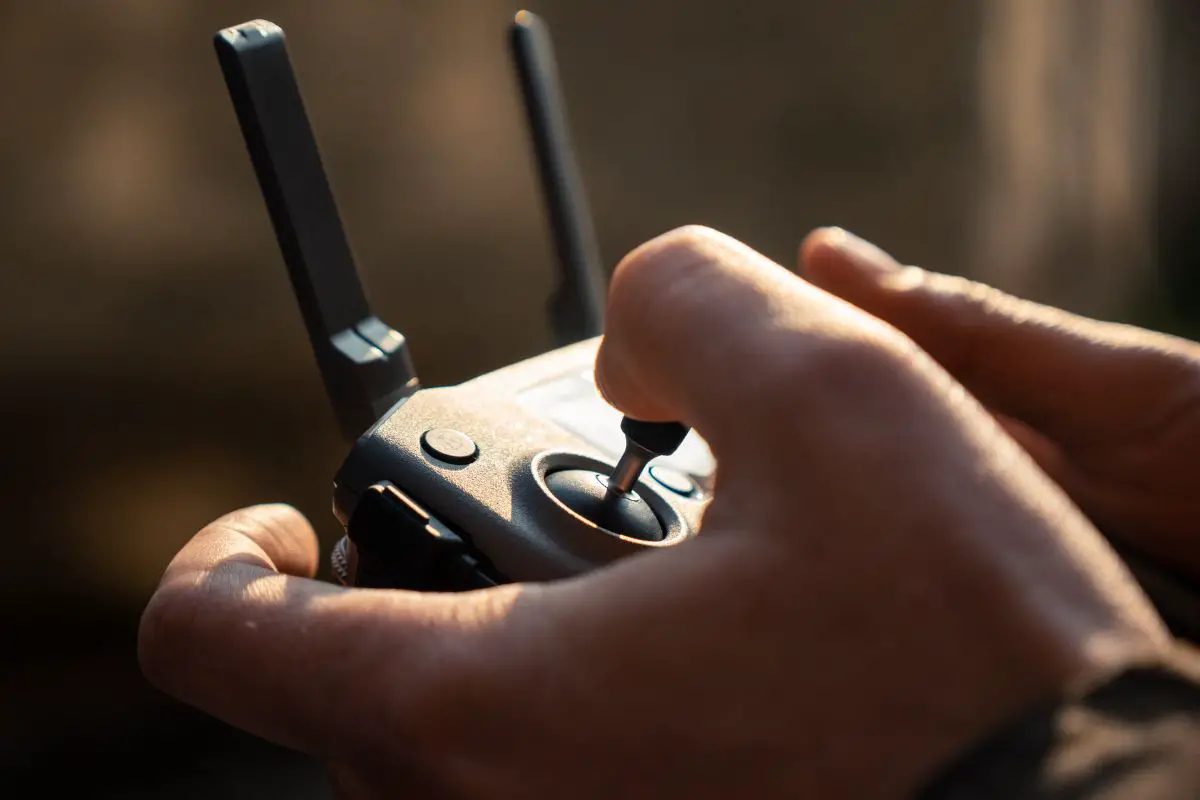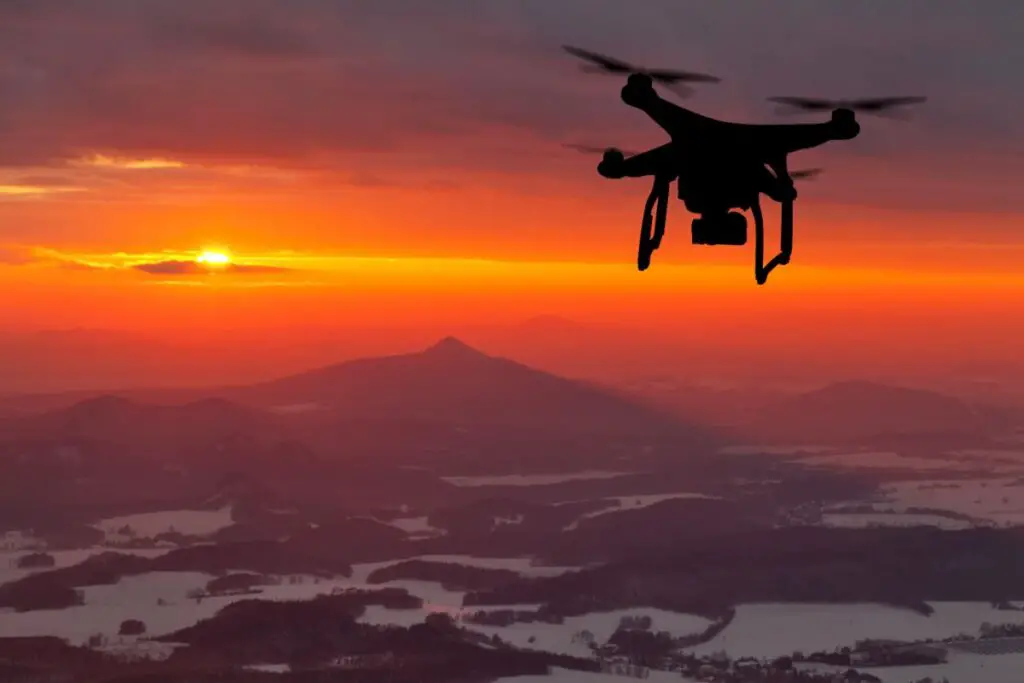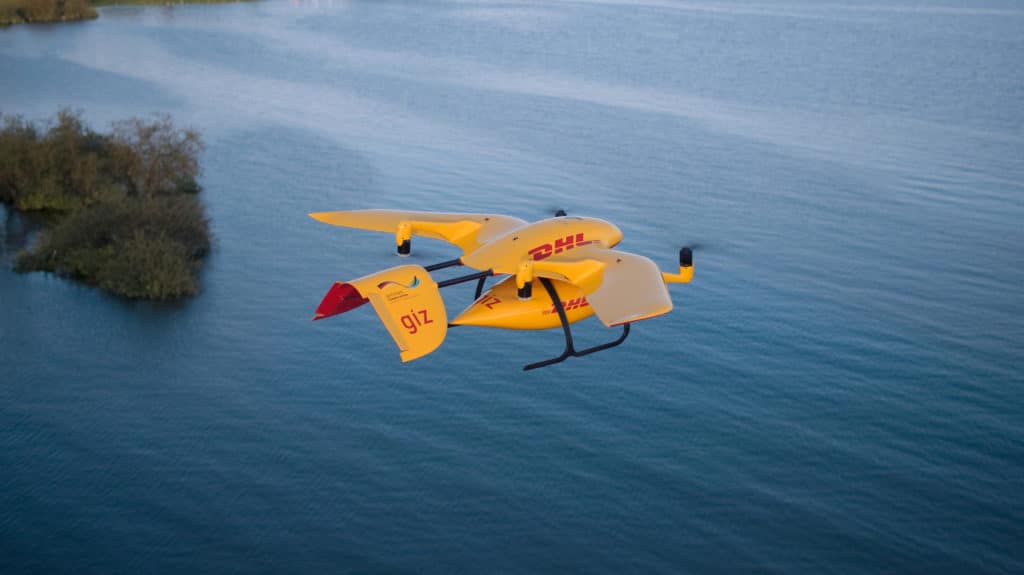Drones may be capable of defying the laws of gravity, but when it comes to the laws of man… not so much.
Every drone enthusiast knows that there is a ceiling altitude at which they must not fly their UAVs, and it’s 400 feet.
The question is, why?
Many commercial drones can handle the rigors of altitudes beyond this threshold, so it’s not a matter of physics; your drone won’t suddenly go haywire if it exceeds 400 feet.
In actual fact, it’s most likely your bank account that’ll go down in flames!
Just as there is for every other law, there are penalties for breaking the 400-foot rule with your drone, so it’s worth your while to study up on the details, and we’re going to help you.
What Is The 400-Foot Rule?
The 400-foot rule is listed in the Part 107 Regulation, an extension of aviation legislation deemed necessary to confront the growing popularity of recreational and commercial drones.
The Federal Aviation Administration enshrined this new regulation as law in 2016, and ever since, any commercial or recreational drone pilot that dares flout the rule does so at the risk of incurring a pretty hefty fine… or worse.
400 Feet Above What?
In the eyes of the law, your drone’s ascent begins from a level take-off point. From there, you can fly it 400 feet into the air without breaking any rules.
You cannot, however, fly your drone 400 feet beyond the terrain it’s flying directly over if it’s higher than the point of take-off. The take-off point is always the point of reference for the 400-foot ascent.
What’s The Difference Between Commercial & Recreational Drones?
While the drones used by commercial and recreational pilots may differ in certain ways, it’s not the technology that distinguishes them, but the application.
Commercial drone pilots fly their drones in order to generate some form of revenue.
For example, they may use their drones for aerial photography that they will either sell on if they’re freelance, or forward to an employer if they hold a permanent position.
Recreational drone pilots, by contrast, are only in it for the fun. They’re not trying to earn any money; they simply enjoy the thrill of the flight — And who could blame them?
Who Has To Follow Part 107?
Part 107 was drafted specifically to set clear boundaries of drone use for commercial pilots only, but when it comes to the 400-foot rule, both commercial and recreational drone pilots must bend the knee, so to speak.
The Purpose Of Part 107: Why 400 Feet?
The FAA didn’t choose 400 feet as the altitude ceiling for commercial and recreational drones randomly; it all follows a very clear thread of logic.
Pop quiz time… do any aviation buffs out there know what the minimum cruising altitude for crewed aircraft is in the US? If you answered 500 feet, you’re correct!
As such, any form of alternative aircraft capable of occupying the same portion of airspace is deemed a severe threat to the safety of people in a manned aircraft.
To neutralize this threat, the FAA decided that there should be at least a 100-foot buffer between remote and crewed aircraft at all times, thus, the 400-foot rule.
This cap is particularly crucial in regions that have quite dense air traffic, especially where helicopters are flying.

Are There Any Exceptions To The 400-Foot Rule?
While the minimum cruising altitude is a set 500 feet, the ground beneath the aircraft isn’t quite as stable.
Varying topographies mean that crewed aircraft may have to fly much higher than the flat terrain of a region — The craft must always be at least 500 feet above the tallest object along their flight path.
This frees up the space below them for safe drone usage, and commercial pilots may take advantage of this, flying their drones up to 400 feet above the tallest object in the immediate area.
So, hypothetically, if a commercial drone pilot stood at the foot of a mountain, they would be legally permitted to fly their drone 400 feet above the summit, although many lower-end drones may struggle to do so.
Can Recreational Pilots Use This Exception?
Unfortunately, recreational drone pilots are not permitted to utilize fluctuating topography as a means of flying their drones higher safely.
No matter the rise and fall of the surrounding terrain, recreational drone pilots must stick to the standard 400-foot rule.
Can You Apply To Fly Drones Beyond 400 Feet?
The FAA accepts applications from drone pilots wishing to fly their drones beyond 400 feet, but they don’t just hand out exceptions willy-nilly. You must…
- Detail the drone you’ll use
- Have good reason to exceed the 400-foot cap
- Establish that there is minimal or no risk to aviation safety or national safety
- Introduce safety measures wherever possible
With the above accounted for, the FAA will take your request seriously but are still liable to turn you down.
It’s also important to note that an approved request doesn’t give you free rein of the skies.
There will be a number of restrictions established in the exemption documentation, such as new maximum altitudes and the areas in which you can reach them.
What Are The Consequences Of Flying A Drone Beyond 400 Feet?
The greatest danger when flying a drone beyond 400 feet is that you’ll cause a deadly in-flight collision, with a close second being the potentially astronomic expense of damage caused to crewed flights.
And even if your drone never encounters another aircraft beyond 400 feet, you may wind up losing it, as visuals can get a little dicey beyond this threshold, and if you can’t see your drone, you can’t control it effectively.
Flying drones may well be a bunch of fun, but the FAA wants us all to understand that aviation is no joke and that we drone pilots are accountable for in-flight actions.
The penalty for disregarding our accountability, either through negligence or misuse of a drone, will vary depending on a few factors:
- If lives were lost
- If lives were endangered
- Damage caused
- Damage nearly caused
- The altitude by which the cap was exceeded
For very serious offenses, you may well face arrest, while moderate infractions will incur a steep fine and loss of license.
Smaller instances might be considered accidental, but are still punishable, so be careful out there.
How Much Damage Can A Drone Do To A Plane?
Kinetics and collisions research has shown that a drone sucked into a jet engine can cause significant damage in less than 1/200th of a second, completely ripping the fan blades apart.
This doesn’t necessarily mean that the plane in question would crash, as most manned aircraft are based on the twin-engine blueprint and are capable of flying and landing with only one active engine.
Having said that, it’s by no means impossible for the damage caused to end in a crash or emergency landing.
Final Thoughts
The moral of the story here is simply never to fly your drone 400 feet above the level take-off point unless you have the express permission of the FAA and certain risks are at an absolute minimum.
Of course, accidents happen, and sometimes we may unintentionally breach the altitude ceiling, so it always pays to operate your drone somewhere low risk.
Yes, drones are fun, but pilots must act responsibly and with caution at all times.




